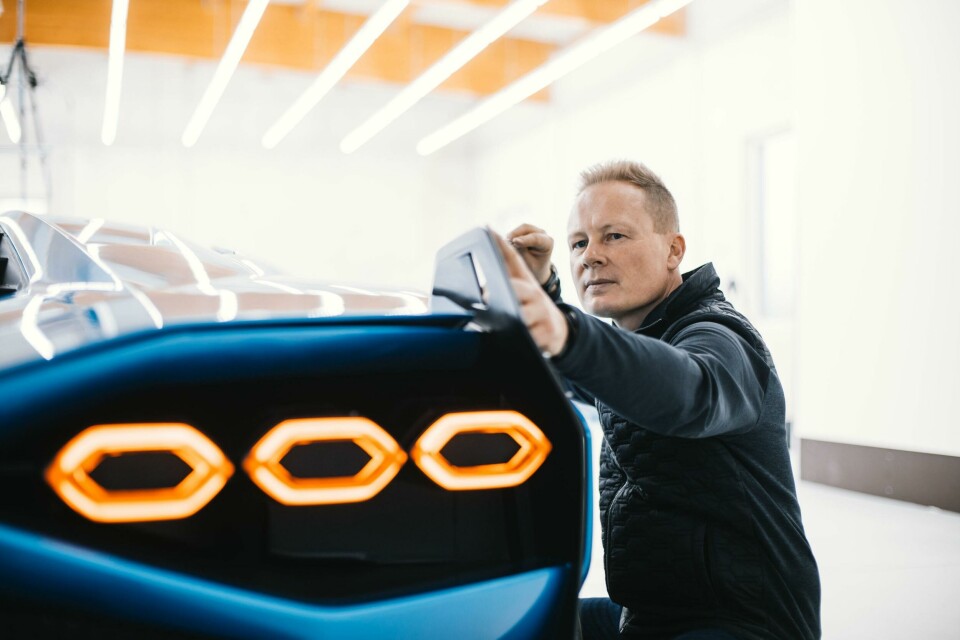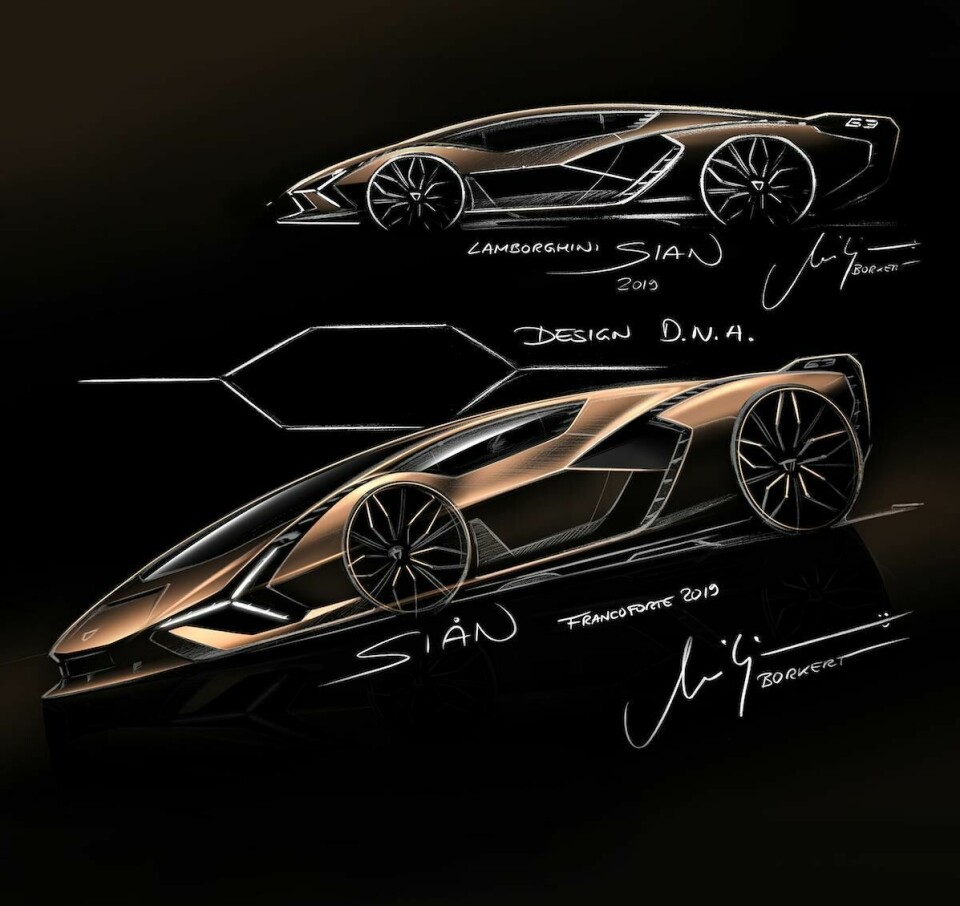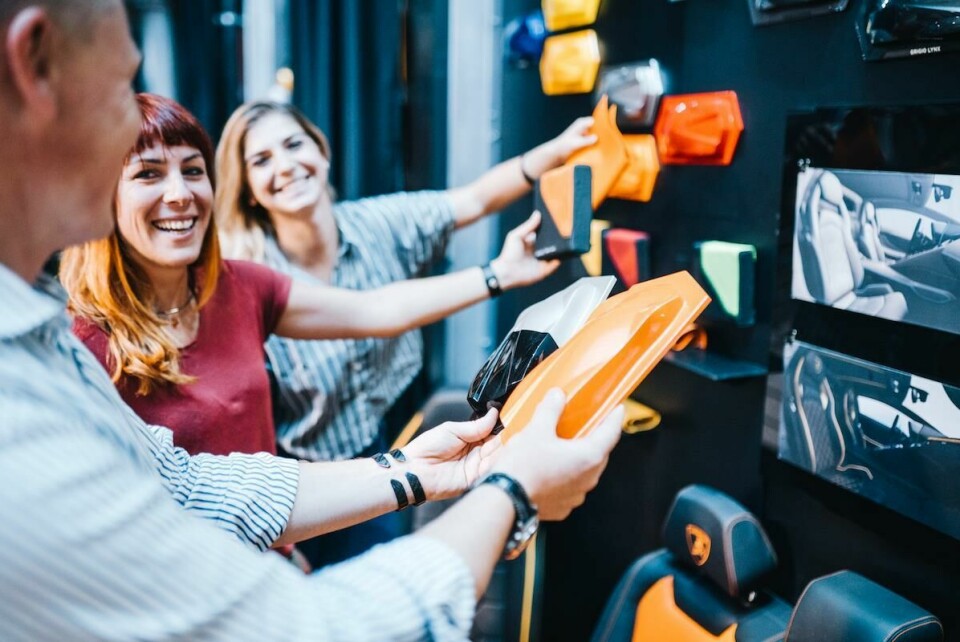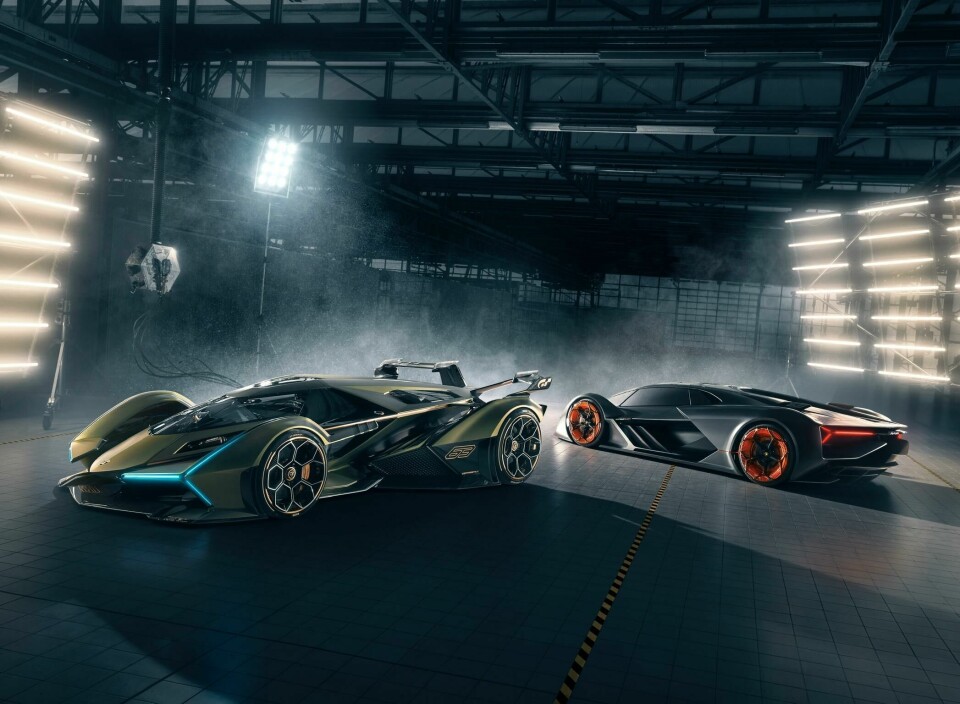
Car Design Review 7: Mitja Borkert, Lamborghini
Lamborghini’s head of design talks about voice control, electrification and going viral on social media
I want to close the circle back to the cars of Marcello Gandini who, with Bertone in the late 1960s and 70s, created the outstanding iconic DNA of Lamborghini, the so-called spaceships. Today, this ‘spaceship design’ keeps us young, relevant and visionary. We are never seen as classic, old school or something else. We are up to date and trendsetters. When you buy a Lamborghini you buy more than 55 years of iconic design, you buy style and you buy this kind of special Italian emotion, a piece of ‘Emilia Romagna pride’. You also buy something that is outstanding in a world that is becoming more and more regulated.
For the fourth year in the row we reached a new annual sales record (8,205). We have continued to strengthen our design DNA that is outstanding and one of the strongest within the entire automotive world. We have the V10 Huracan Evo and Evo rear-wheel drive, V12 Aventador SVJ and SVJ Roadster and continue to work on our existing product lines. Our second pillar is concept cars. We presented our Vision GranTurismo for PlayStation in 2019 in line with our design strategy of showing a very extreme concept every couple of years that influences and motivates the younger generation. The design of Lamborghini needs to be futuristic and visionary with cars like the 2017 Terzo Millennio or the 2013 Egoista. They’re designed to go viral on the internet and social media.

The third pillar is one-offs or limited editions like the Sian hybrid or the Essenza SC-V12, a track-only hypercar limited to 40 pieces. Presented at the 2019 Frankfurt motor show and limited to 63 pieces – signifying the starting year of Lamborghini – the cool thing about the Sian is the wish of almost every customer to have a unique colour and trim. All 63 customers visited the Lamborghini design centre and I promised to design their car with them and Centro Stile, through our Ad Personam programme. It is a dream job to work in Lamborghini’s colour and trim department because our work tables are full of beautiful, crazy colours with superior qualities, whether that’s pearl, metallic, crystal or fading effects. It’s unbelievable. 762 examples of the classic Miura were produced in more than 60 colour combinations and with the Sian we are trying to make a modern repeat of this history. In years to come I’m really looking forward to seeing all the Sians ever produced at one gathering. This will be really beautiful.

Interiors are something we have to strengthen. When you think about a Countach, you always remember the iconic exterior but might be a bit disappointed by the boxy interior. But Lamborghini has had very special and DNA-shaping interiors since about the year 2000. They were creating a new driver-focused philosophy with a visionary approach. Such as the first digital cockpit of the Lamborghini Reventon. I would describe the new interior design criteria with the philosophy to ‘feel like a pilot’. Even as a passenger on the rear bench of Urus, you need to ‘feel’ the car, in a seat almost designed like the front seat of a sports car. When you enter an Aventador you do so via scissor doors to a super-low seating position. The interior has to surround you so you feel perfectly integrated in your own little ‘jet fighter’. The dashboard should be lightweight too. And the last part of our interior DNA is to use iconic design elements which for Lamborghini are the hexagon and Ypsilon ‘Y’ shapes. On the Huracan we use the hexagon shape on the air vents, door handles and steering wheel and the Sian has a beautiful little Y-shaped centre console.
I believe within the next ten to 15 years voice control will overtake big interior screens. We’ve tried to show this with Amazon’s Alexa in our Huracan Evo. Or in our Vision GranTurismo: instead of a classical screen, you have a holographic projection. I’m pretty sure smartphones will have this kind of feature soon. When you call your mum you will see a little person three-dimensionally projected from your phone. The front windscreen of a Lamborghini is quite raked and there’s a huge dashboard space – perfect areas to have projections. You could play content there to make you a better driver, showing the ideal line on a race track, the braking point and apex and a virtual tutor could speak to you. In the future customers will enjoy super sports cars even more on race tracks. I think this is clear. But if we offer the right content, in 20 or 50 years’ time super sports cars will be still relevant and their shape, sexiness and emotion will never fade.

We presented the Terzo Millennio as our vision of a potential electrical Lamborghini and I’m still proud of it. But we need to have an electric car able to top 300km/h and do at least three laps of the Nurburgring. And don’t forget the weight. Today we have a 1400kg Huracan rear-wheel drive but for electric cars, you can add 200kg more. So full-electric technology is not yet ready for the needs of a Lamborghini.
We are still working within Lamborghini but also with MIT in Boston researching battery cells, new materials and different ideas to store energy. But if you want to speak about sustainability I always say there’s nothing more sustainable than a Lamborghini because we create a product no-one will ever throw away. This is the relevance of our brand.
This article first appeared in Car Design Review 7.



